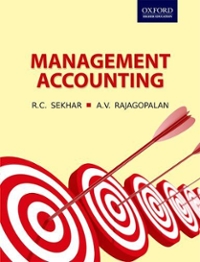Question
Donor, D, died in 2011, owning property outright worth $6 million on the applicable valuation date (see IRC Sec. 2504(b)). D had made no lifetime
- Donor, D, died in 2011, owning property outright worth $6 million on the applicable valuation date (see IRC Sec. 2504(b)). D had made no lifetime transfers accorded estate tax significance and had no other significant interests or powers. Assume there will be no estate tax deductions. Prior to the date of death, D, who was single, made the following outright cash gifts to D's Cousin, the only gifts D ever made:
- December 25, 2004 $1,011,000
- December 25, 2005 $511,000
(a) Using the current gift tax rates (see IRC Sec. 2502(a)), and the $1 million applicable credit amount available in 2004 and 2005, compute D's gift tax liability in 2004 and 2005, and the federal estate tax liability for D's estate. The annual exclusion was $11,000 in 2004 and 2005.
2. Compute D's estate tax liability if D previously made $1 million of taxable gifts after 1976 that were not included in D's gross estate and D died in the current year with a $5 million taxable estate.
3. Estate tax planning involves consideration of both the estate tax and the gift tax (as well as much more). The tax rates for those taxes are the same. Additionally, a credit to be applied against the two taxes is provided by Sections 2010 and 2505. The two taxes are closely related, but the integration is not complete. In the circumstances below, assuming no post-2010 inflation, compute and compare the total transfer taxes a donor or decedent would pay (assuming that no deductions, exclusions, etc., including Section 2503(b), are available) and the net amount the donees or beneficiaries would receive if the donor or decedent had assets worth $16 million, if the donor or decedent made no prior gifts, and if:
(a) D held the assets until death in the current year
(b) D gave away one half of the assets, paid the gift tax out of the remaining assets, and held the remaining assets until death more than three years later
(c) Same as question (3)(b) above, except that death occurred within three years of the date of gift.
Step by Step Solution
There are 3 Steps involved in it
Step: 1

Get Instant Access to Expert-Tailored Solutions
See step-by-step solutions with expert insights and AI powered tools for academic success
Step: 2

Step: 3

Ace Your Homework with AI
Get the answers you need in no time with our AI-driven, step-by-step assistance
Get Started


